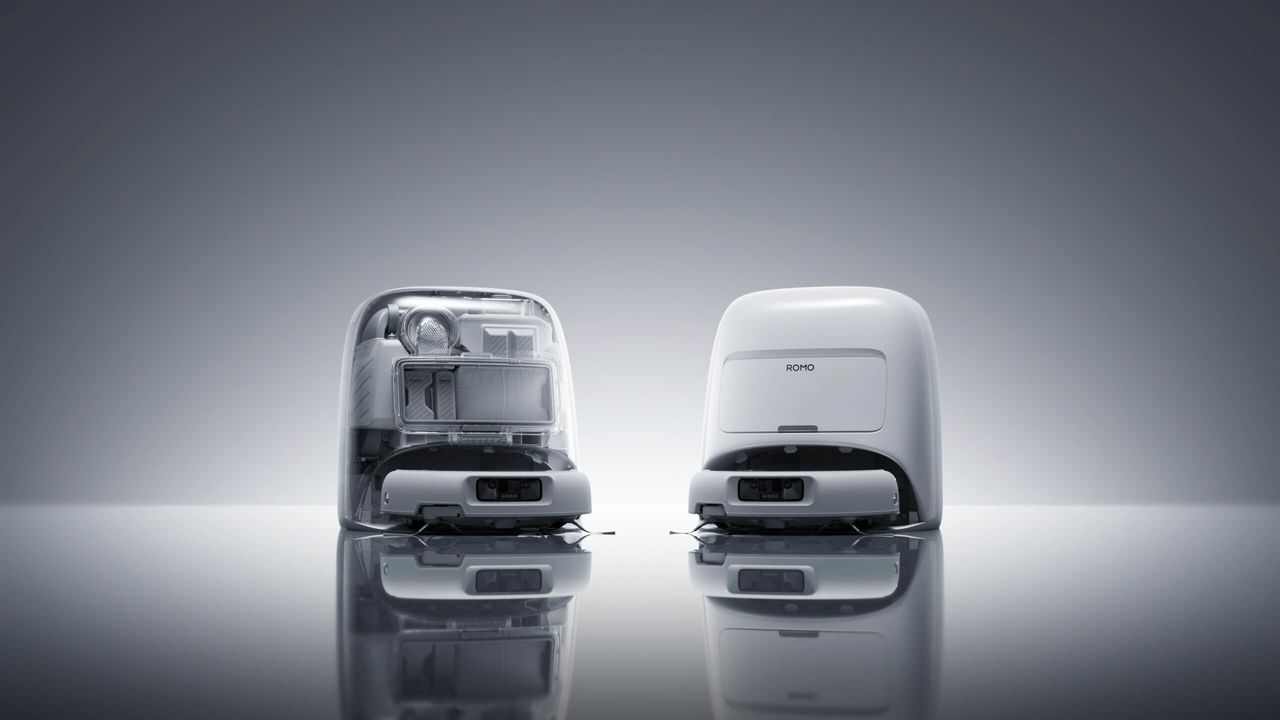
DJI is now facing a new rival for the drone market – not just Insta360's Antigravity startup, but an all-new drone from a vacuum manufacturer, Dreame.
Break it down, though, and we've already seen that not only has DJI recently released a 360-degree camera, the Osmo 360, very much into Insta360's main product areas, but it has also been experimenting with robotic cleaners. If Insta360 responded by coming for DJI's main market, why shouldn't Dreame – a company best known for cordless vacuum cleaners and robotic equivalents.
Chinese smart vacuum brand Dreame is eyeing the aerial drone market, potentially challenging DJI.Job postings for drone engineers hint at ambitious plans.More competition could benefit drone enthusiasts, but trade hurdles loom. (1/2) pic.twitter.com/ne0qRpgs6uAugust 25, 2025
Perhaps DJI didn't help itself by producing a robot vacuum of its own for the Chinese market.
It's fair to say that the tweeted (or X-ed?) rumors of job postings don't suggest that a competing product is likely to be on sale any time soon. Indeed even the Antigravity A1, now a fully announced product, is not expected on sale until January 2026, and that company has revealed branding, product, specs and a lot more to the public.
According to China Biz Insider, however, Dreame has confirmed its plans as part of a wider business expansion. It has hires sales and technical roles (including navigation algorithm engineers) for a new drone division, as well as pushing into larger consumer electronics too. Pushing into drones is, it is said, a longstanding plan to counter the company's slower growth in the crowded field of robot vacuums.
We have seen, though, that new companies can address areas that the established brands – especially DJI with over 70% of the market – simply don't notice, at least until another highlights it. One of those has been HoverAir with the 'follow me' or 'selfie' drones. More recently Insta360's 360-degree camera technology has been shared with Antigravity.
The concern for Dreame must be what problems remain for the users that can be solved by the manufacturer. Many of the pain points that exist now – or are likely to emerge – have more to do with regulation than the device itself. Another concern must be the power and resources that DJI has historically had to absorb and improve after ideas become visible – the Flip and Neo both took on elements of the HoverAir surprisingly quickly, and DJI's market position has not yet dropped significantly (though, as noted, the Antigravity isn't yet on sale).
Check out our guide to the best camera drones available right now







